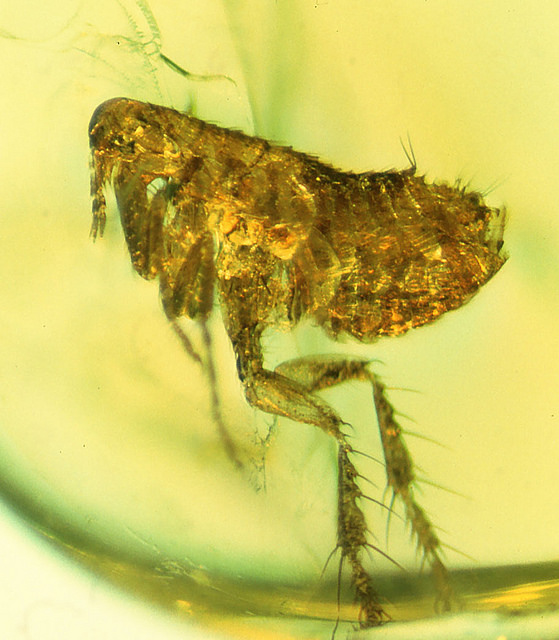
 In the midst of the big holiday season there’s nothing like giving a little thought to the end of the world. While wars, pestilence, disease, and alien invasion are still the favorite stories, there is a danger lurking out there that we can’t really do anything about.
In the midst of the big holiday season there’s nothing like giving a little thought to the end of the world. While wars, pestilence, disease, and alien invasion are still the favorite stories, there is a danger lurking out there that we can’t really do anything about.
It’s the sun! This video talks about how the sun might take us out.
Pretty scary stuff, eh? Of course, if it was to happen, what could we do? Would we even have time to react? The sun is eight light minutes away from the earth, which means that its light take eight minutes to reach us. An event might be hurling something slower, but it’s likely to come quickly.
There might be signs, though. Who’s keeping an eye on this? SOHO, or the Solar and Heliospheric Observatory, has been keeping an eye on things for 20 years. They even have software you can use to see what’s happening with the sun. The video said that we could get about 15 hours of warning if a serious event were to occur. Since a lot of the damage is more to our infrastructure and our electrical system than to our persons it’s likely we could just shut down for a while and everything would be fine. Of course, we’ve never really been through it like this before so we don’t know exactly what will happen.
So, just go about your business, and pay no attention to that big yellow ball that is watching and waiting in the sky.














